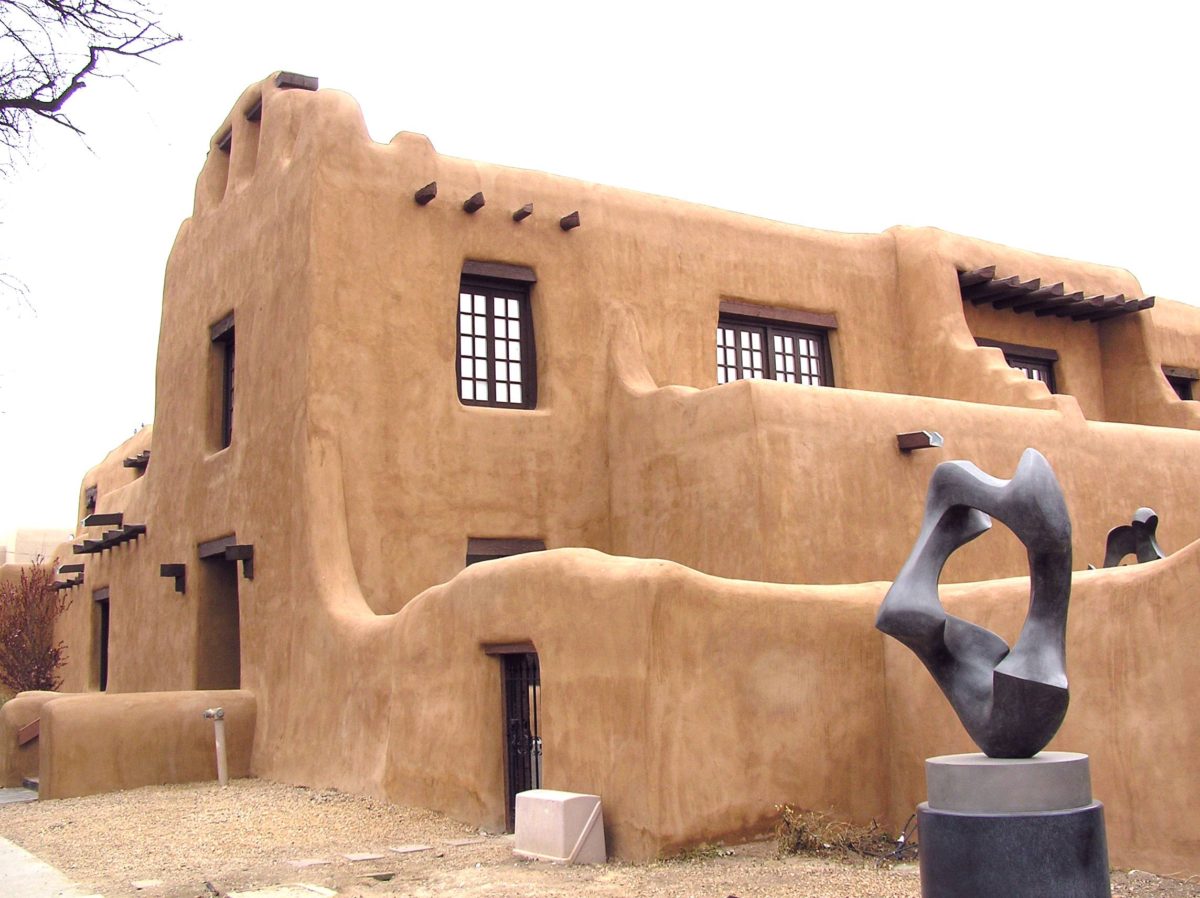by Alan K. Lee
Santa Fe bills itself as “The City Different,” and the Santa Fe Tourism website calls it “a city unlike any other.” A few years ago my wife and I stopped in Santa Fe for a few days on a trip through the Southwest, and I found that Santa Fe largely lives up to those descriptions. The unique blend of Spanish, American, and Puebloan history, culture, and arts make Santa Fe and Taos interesting and unique destinations for the traveler.
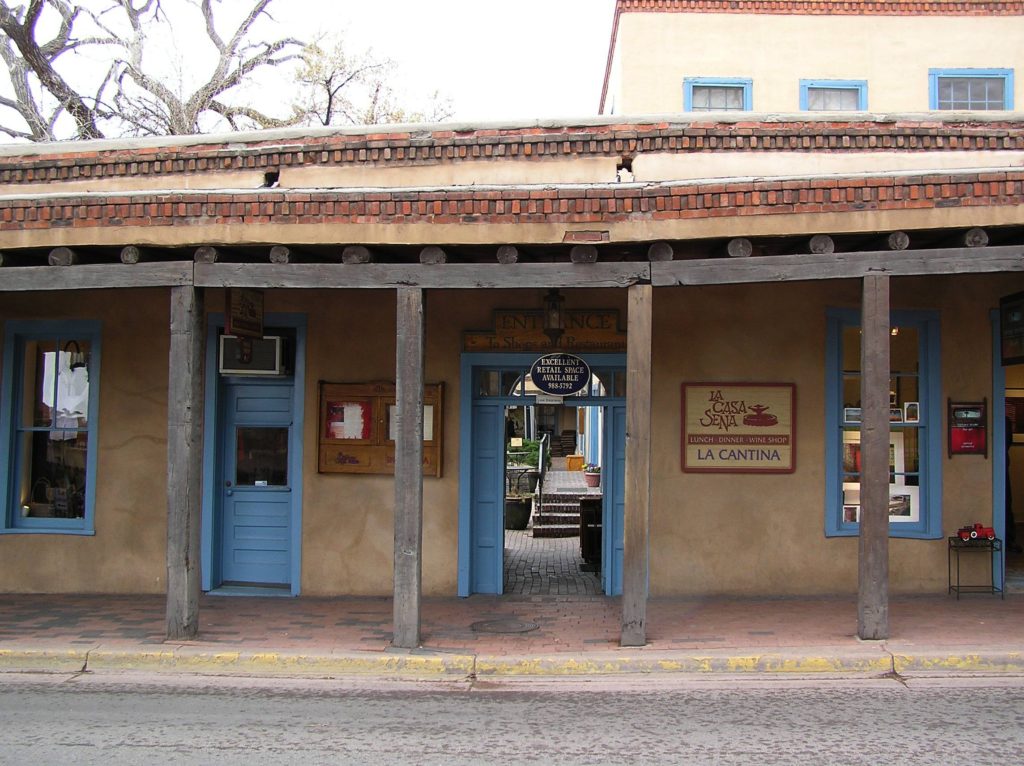
Santa Fe’s history dates back more than 1000 years, to when a Tanoan Pueblo village was established on the Santa Fe River at a location that is now downtown Santa Fe. Descendants of those early settlers continue to live in six Tewa-speaking Pueblos in the Santa Fe area.
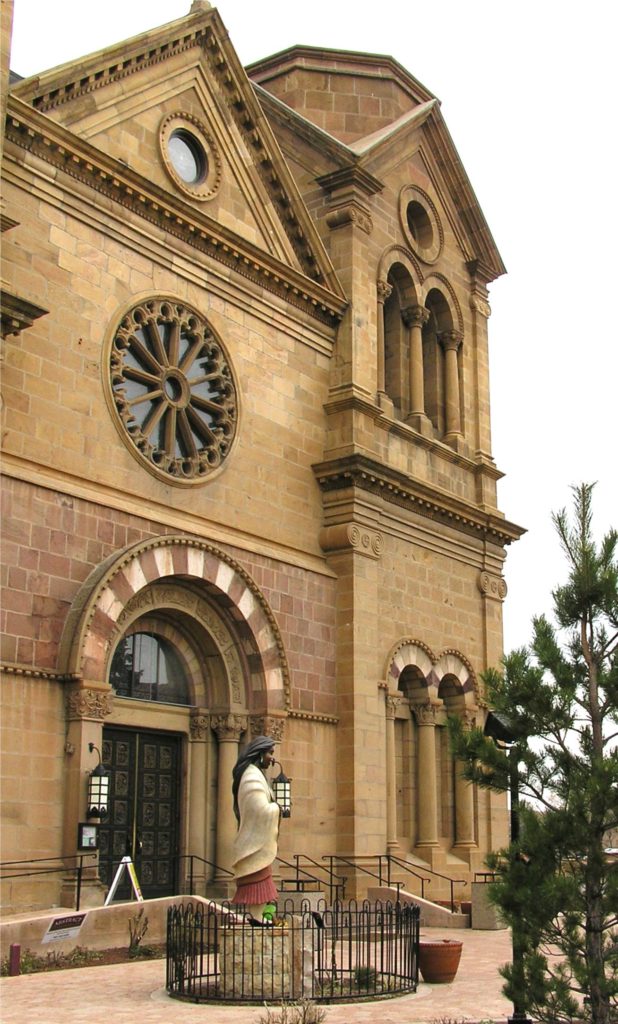
Spanish colonization of the area dates to 1598, when the first European settlements were built in what became the province of Santa Fe de Nuevo Mexico, part of New Spain. What is now New Mexico became part of the U.S. in 1848 as a result of the peace treaty that ended the Mexican-American War. New Mexico became the 47th state in 1912, with Santa Fe as its capital.
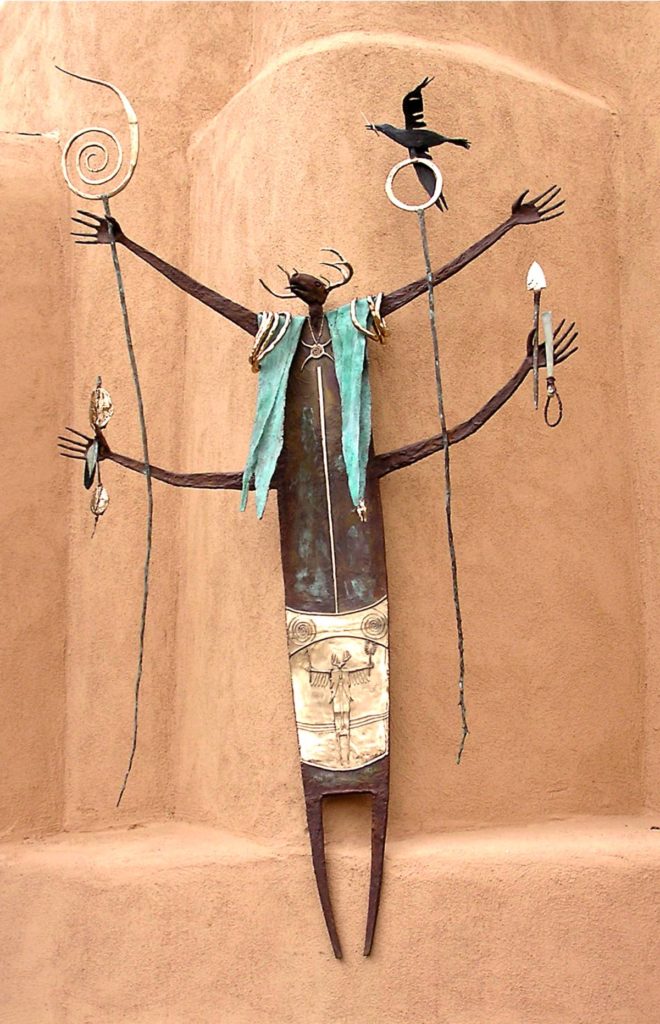
Native American culture and arts have survived in the Southwest to a degree not found elsewhere in the United States. Evidence of that is everywhere in modern day Santa Fe, Taos, and the Pueblo settlements remaining in the area. Native influenced art works can be found in the many art galleries and the numerous public art installations that are found throughout Santa Fe and Taos. The Puebloan culture is also represented in the architecture of the city, and the local cuisine.
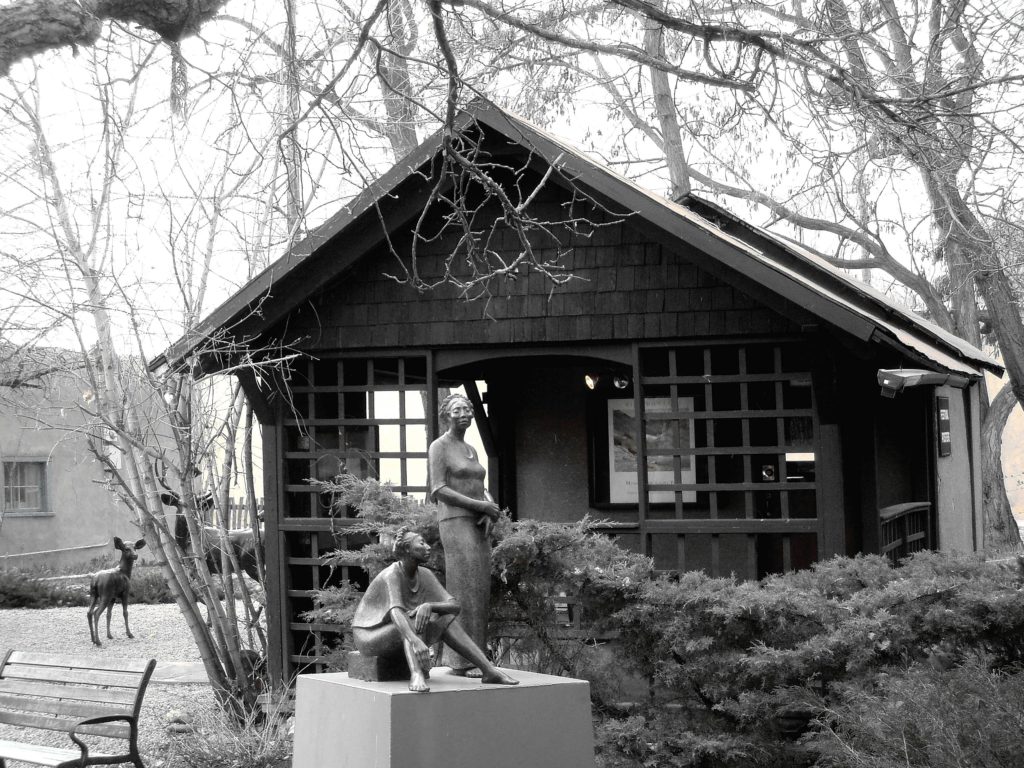
Santa Fe’s Spanish roots also remain a significant influence on Santa Fe’s modern culture. You can explore the city’s history at the many museums that dot downtown Santa Fe, such as the New Mexico History Museum and the Palace of the Governors, both adjacent to the Santa Fe Plaza, the cultural and social heart of the city.
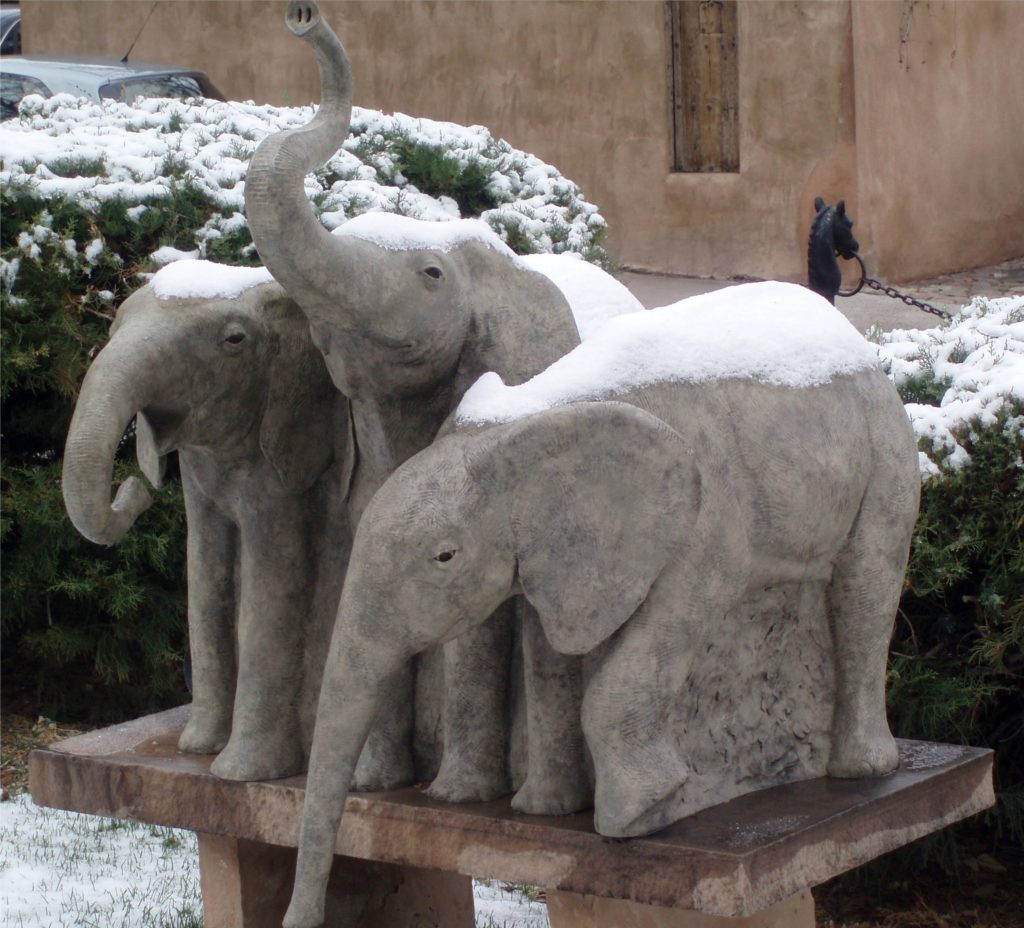 The Plaza is an ideal place to begin your exploration of Santa Fe, particularly if you are an art lover, as my wife and I are. The New Mexico Museum of Art and the Museum of Contemporary Native American Arts are both within a block of the Plaza. For fans of Georgia O’Keefe, the Georgia O’Keefe Museum and Museum Annex are both within a few blocks of the Plaza. The Gib Singleton Museum of Fine Art is also only a couple of blocks off the Plaza. Pop art fans should check out the Pop Gallery Santa Fe, two blocks north of the Plaza.
The Plaza is an ideal place to begin your exploration of Santa Fe, particularly if you are an art lover, as my wife and I are. The New Mexico Museum of Art and the Museum of Contemporary Native American Arts are both within a block of the Plaza. For fans of Georgia O’Keefe, the Georgia O’Keefe Museum and Museum Annex are both within a few blocks of the Plaza. The Gib Singleton Museum of Fine Art is also only a couple of blocks off the Plaza. Pop art fans should check out the Pop Gallery Santa Fe, two blocks north of the Plaza.
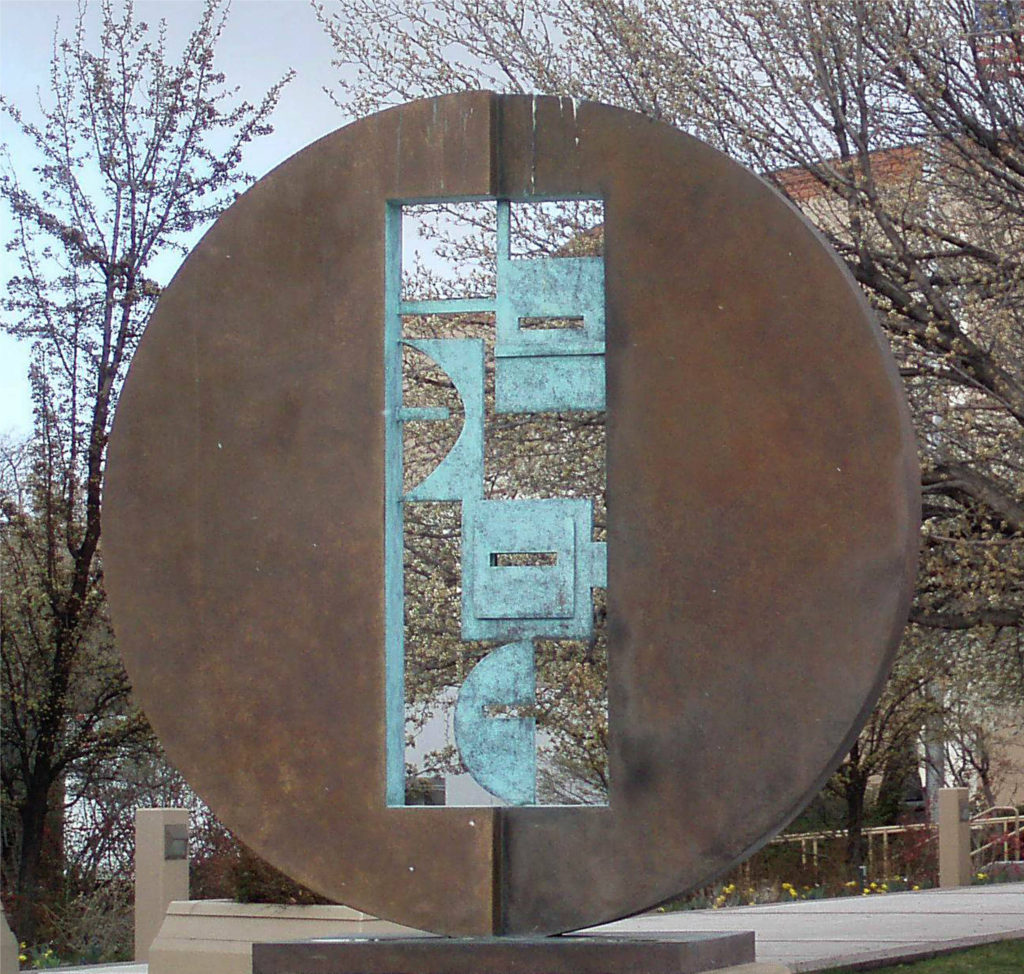
Southeast of the Plaza, within easy walking distance, the Canyon Road Arts District is a must see destination for the art lover. More than fifty galleries and studios line what had once been a residential street. It was impossible for us to visit more than just a fraction of the galleries in the district in the short time we had, but just walking the street and viewing the outdoor art installations was memorable, one of the highlights of our visit.
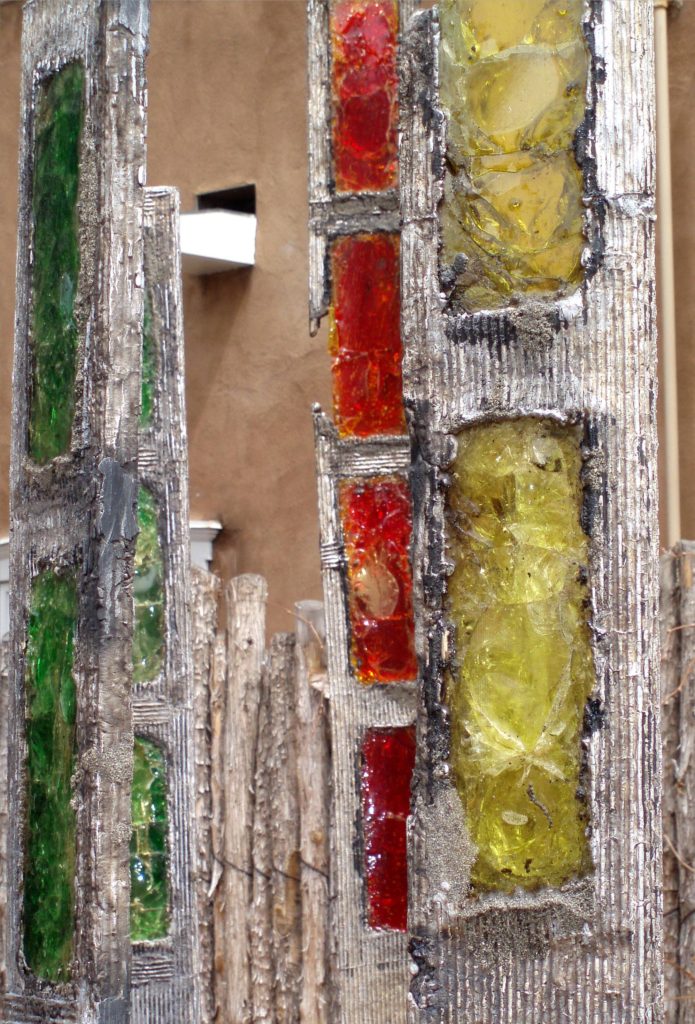
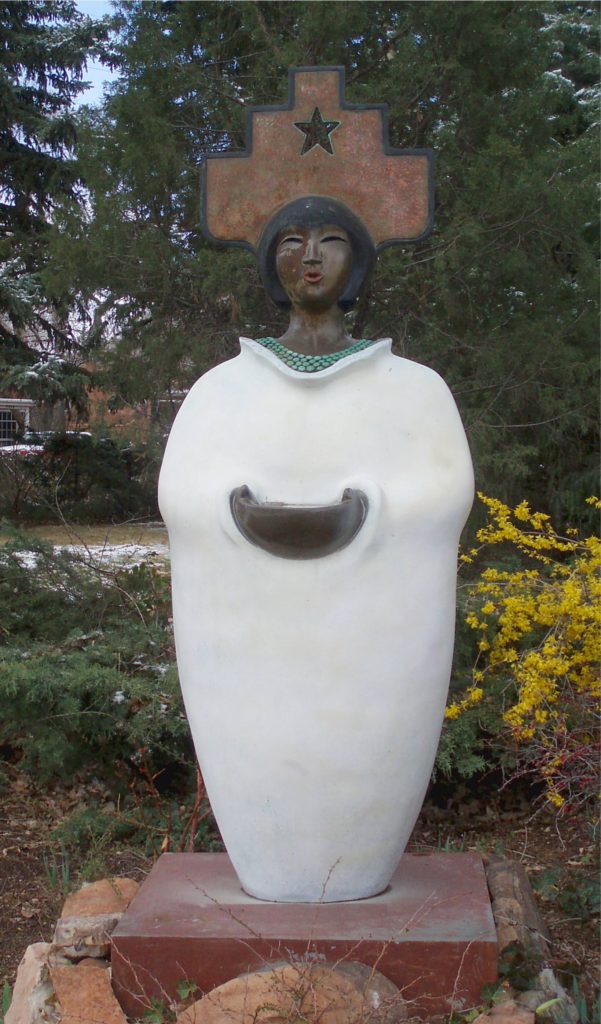 Of course there are plenty of things to see and do in Santa Fe beyond just the visual arts and local history. The Tourism Santa Fe website offers dozens of suggestions including outdoor recreation, dining, shopping, performing arts, activities for kids, and other attractions. The site also has tips on visiting, information on accommodations, and a calendar of events.
Of course there are plenty of things to see and do in Santa Fe beyond just the visual arts and local history. The Tourism Santa Fe website offers dozens of suggestions including outdoor recreation, dining, shopping, performing arts, activities for kids, and other attractions. The site also has tips on visiting, information on accommodations, and a calendar of events.
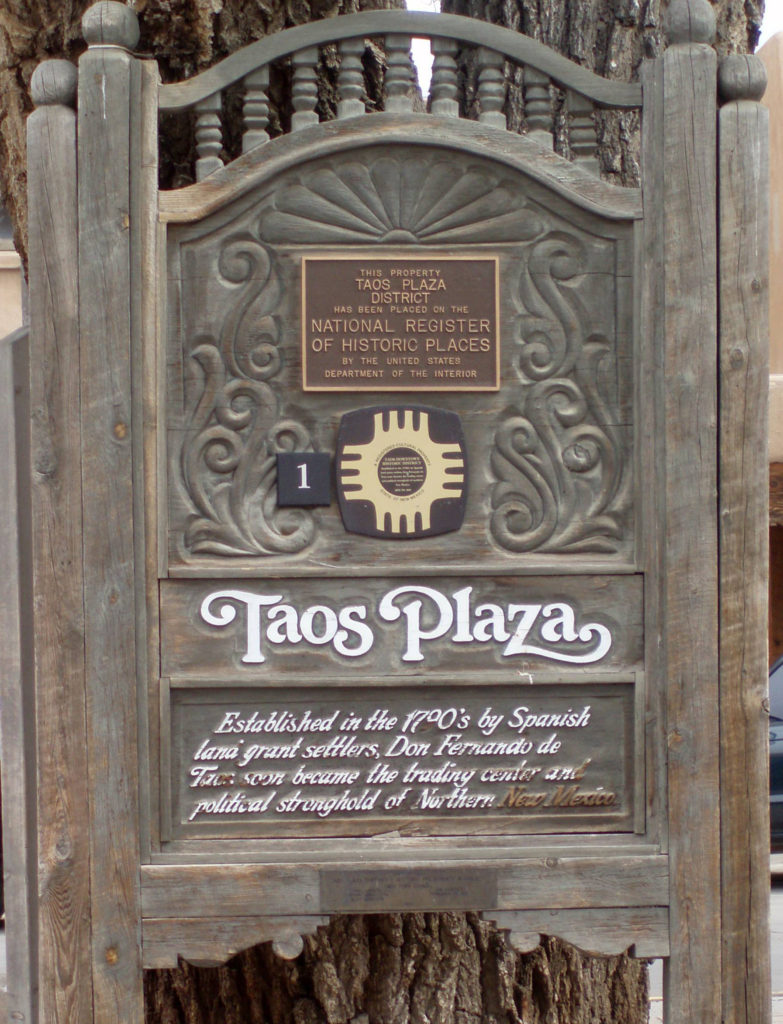
There are also a lot of places outside of Santa Fe itself that are worth visiting. Taos, about 65 miles north of Santa Fe, is another arts oriented community. The Taos Society of Artists has been in existence for more than a century. Many of the early artists’ galleries have been preserved and are open to visitors.
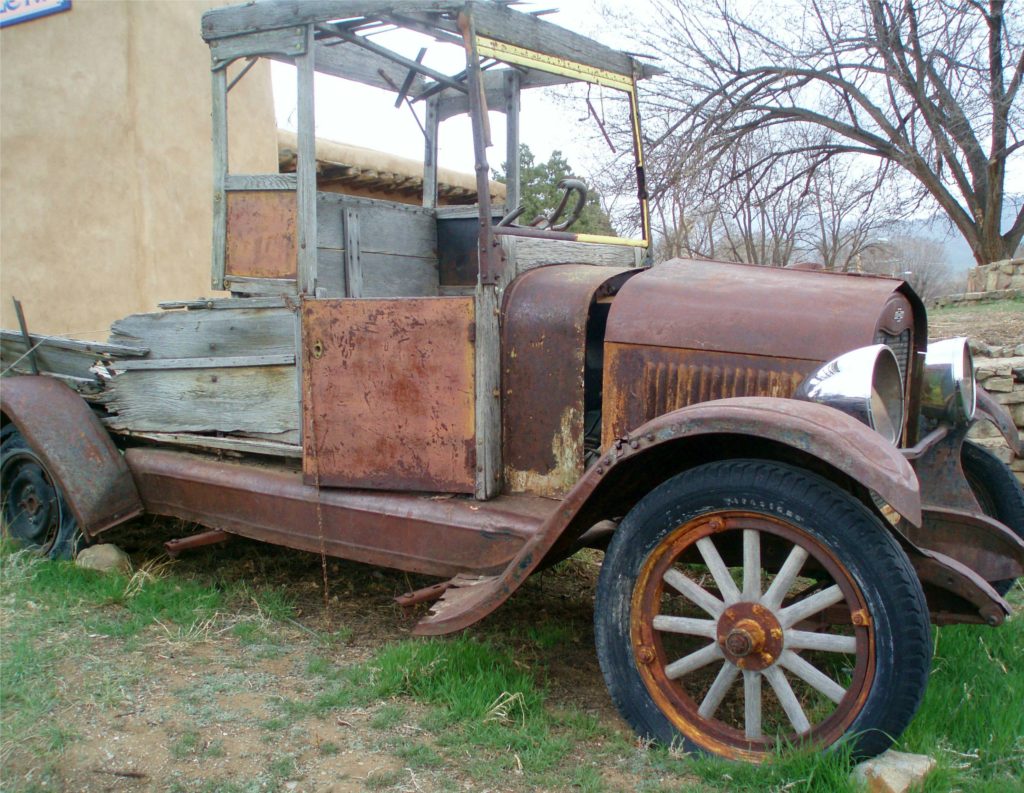 Puebloan history and culture is an even more pronounced component of modern day Taos than it is in Santa Fe. The nearby Taos Pueblo is both a UNESCO World Heritage Site and a National Historic Landmark. The Pueblo has been occupied continuously for over 1000 years and continues to be an active Native American community. Unfortunately, Taos Pueblo is currently (as of February 2, 2022) closed to the public due to the Covid-19 pandemic. Check their website for current information. There are also a number of other pueblos in the Santa Fe and Taos area that may be open to visitors. Each pueblo is independent and makes its own decisions concerning rules for public visitation, so check the Indian Pueblo Cultural Center website for more information.
Puebloan history and culture is an even more pronounced component of modern day Taos than it is in Santa Fe. The nearby Taos Pueblo is both a UNESCO World Heritage Site and a National Historic Landmark. The Pueblo has been occupied continuously for over 1000 years and continues to be an active Native American community. Unfortunately, Taos Pueblo is currently (as of February 2, 2022) closed to the public due to the Covid-19 pandemic. Check their website for current information. There are also a number of other pueblos in the Santa Fe and Taos area that may be open to visitors. Each pueblo is independent and makes its own decisions concerning rules for public visitation, so check the Indian Pueblo Cultural Center website for more information.
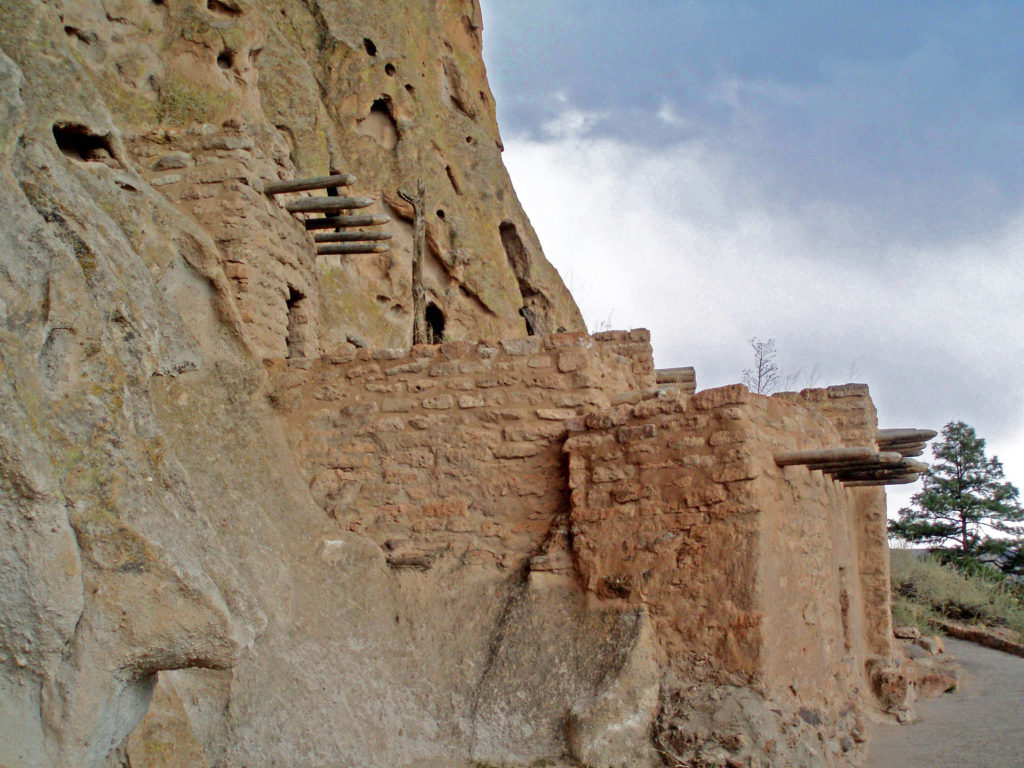
Another site near Santa Fe that is well worth visiting is Bandelier National Monument. While it is not as well known as many of the other Native American historical sites, the park features impressive ruins of cliff dwellings that can be easily explored, plus one high up the cliff that can only be reached by climbing several long ladders. Bandelier is about 30 mile northwest of Santa Fe, near the town White Rock.
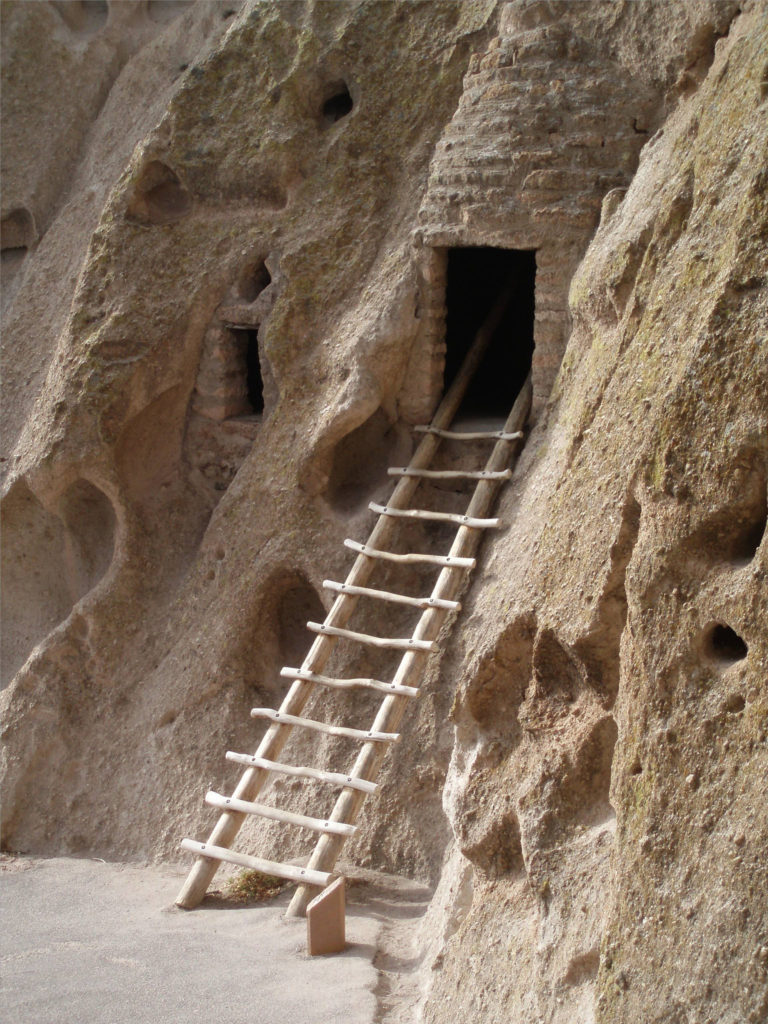
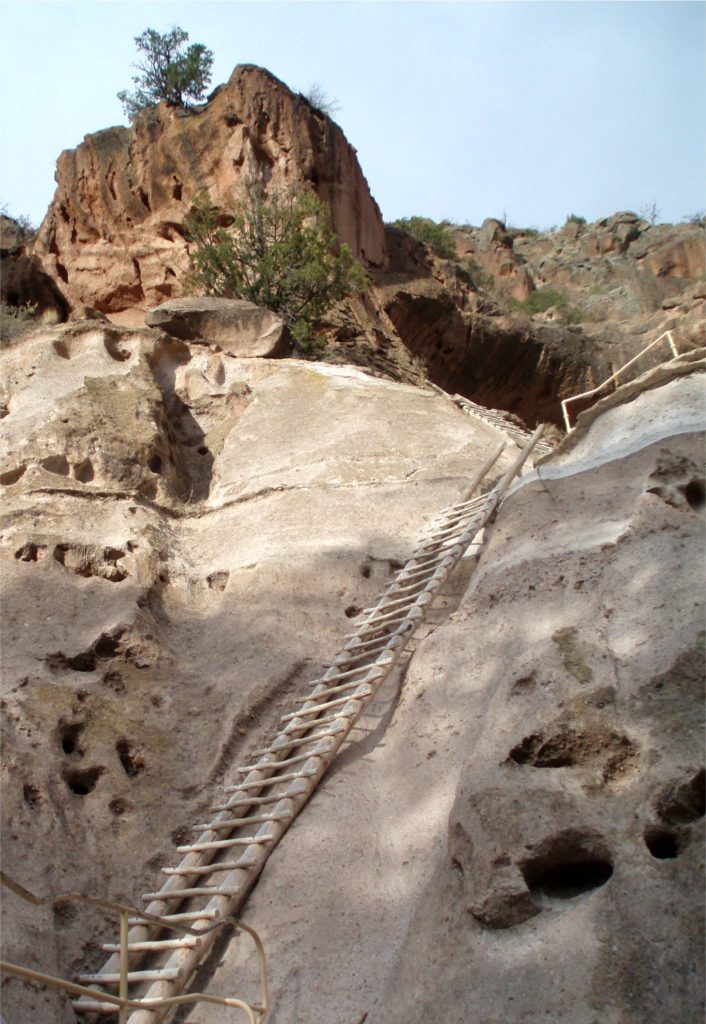
While some sites may be closed due to the Covid-19 pandemic, New Mexico is largely open at present. There is a statewide mask mandate in force, but no other restrictions.
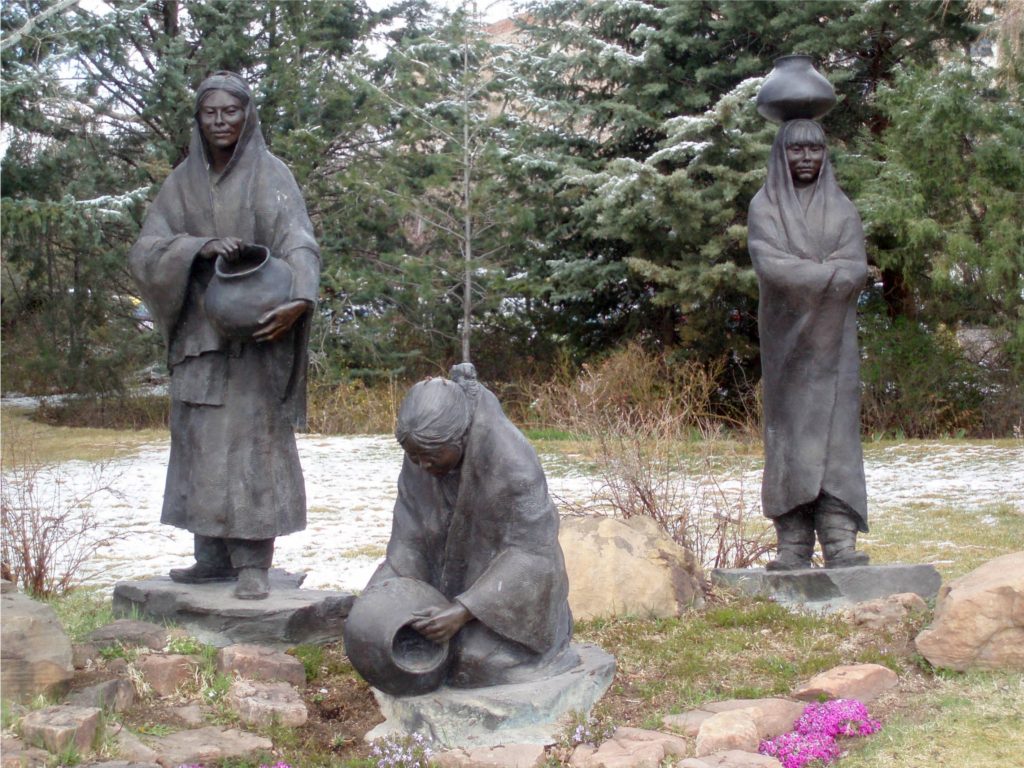
Santa Fe and Taos are high on our list of places to revisit and we’re looking forward to another, and hopefully longer, visit. And I’d encourage everyone to visit Santa Fe at least once. It truly is The City Different.
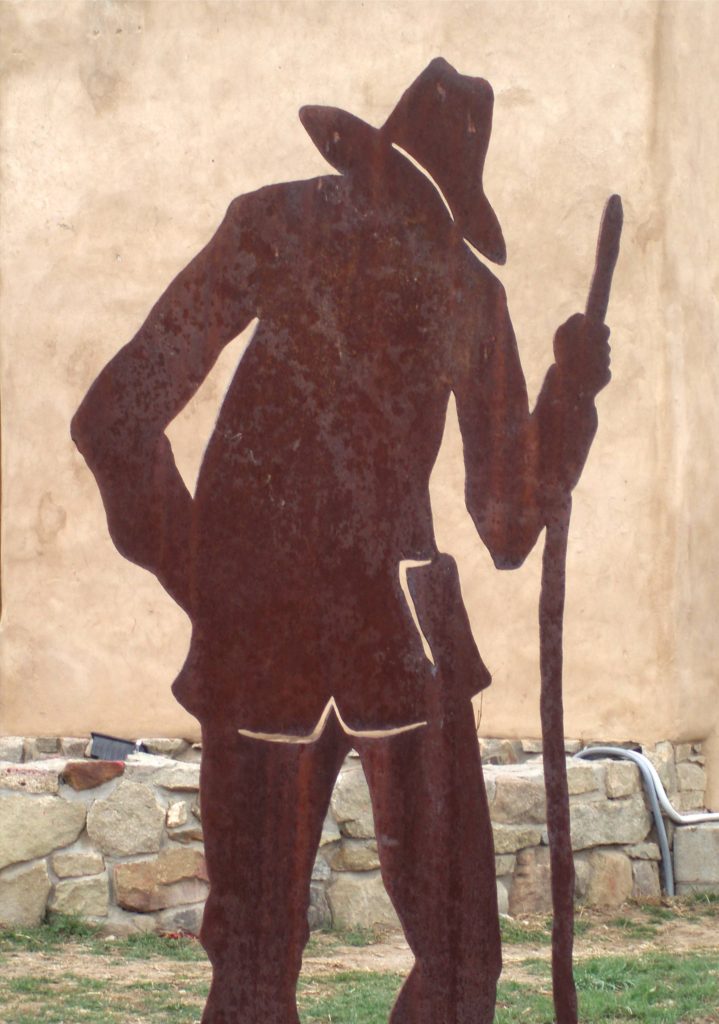
Originally posted June 29, 2020. Updated and re-posted February 2, 2022
All photos © Alan K. Lee

